1: Introduction
The Indus Valley Civilization, also known as the Harappan Civilization, stands as one of the oldest and most enigmatic civilizations in human history. Flourishing in the fertile floodplains of the Indus River around 2600 BCE to 1900 BCE, this remarkable civilization left behind a rich cultural legacy that continues to captivate archaeologists and historians to this day.
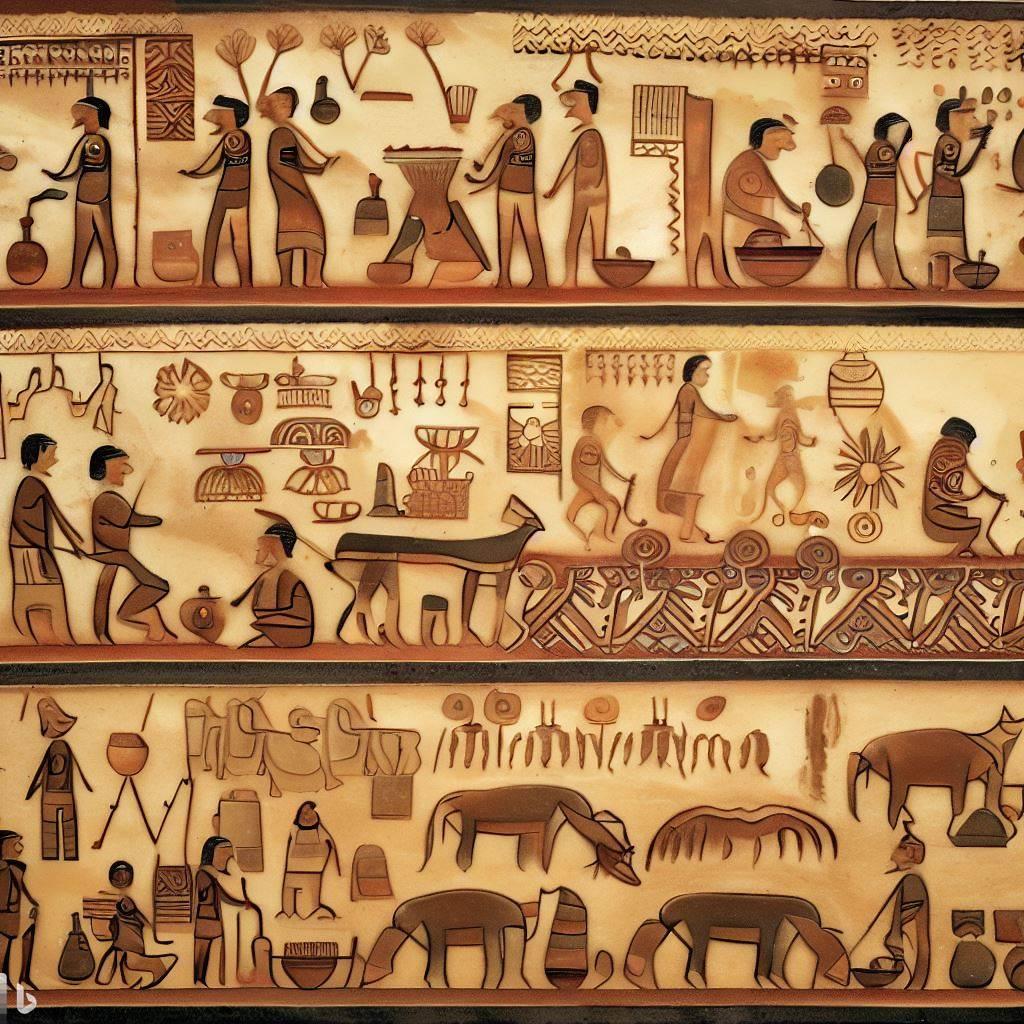
In this comprehensive exploration, we will journey back in time to uncover the mysteries and marvels of the Indus Valley Civilization. From its origins and historical context to its urban planning and sophisticated trade networks, we will delve into the various facets of this ancient civilization that thrived in what is now modern-day Pakistan and northwest India.
Join us as we embark on a fascinating adventure through time, unearthing the treasures of an ancient civilization that flourished thousands of years ago. Let us unravel the secrets of the Indus Valley Civilization and gain a deeper understanding of its significance in the annals of human history.
2: Origins and Historical Context
The Indus Valley Civilization emerged in a region rich in natural resources and strategic geographic positioning. Its origins can be traced back to the Neolithic era when farming communities began to settle along the banks of the Indus River. These early agrarian societies laid the foundation for the sophisticated urban centers that would later characterize the Indus Valley Civilization.

Geographical and Environmental Factors: The geography of the Indus Valley played a crucial role in shaping the development of the civilization. Situated in present-day Pakistan and northwest India, the region enjoyed fertile floodplains due to the annual monsoon rains and the presence of the mighty Indus River. The river provided a consistent water source for agriculture, enabling the growth of surplus food production and supporting the rise of urban centers.
The urban centers of the Indus Valley, such as Mohenjo-Daro and Harappa, were meticulously planned, showcasing advanced architectural techniques and town planning. The cities featured a grid-like layout, with well-organized streets, drainage systems, and multi-story buildings constructed with kiln-fired bricks. These remarkable urban planning practices indicate a high level of sophistication and centralized authority within the civilization.
Trade and Interactions: The Indus Valley Civilization thrived as a hub of trade and commerce, establishing extensive networks both within its territory and beyond. Archaeological findings suggest long-distance trade connections with regions as far as Mesopotamia (modern-day Iraq) and the Persian Gulf. The civilization's mastery of maritime trade allowed them to engage in seafaring expeditions, fostering connections with coastal areas of present-day Oman, Bahrain, and the Arabian Peninsula.
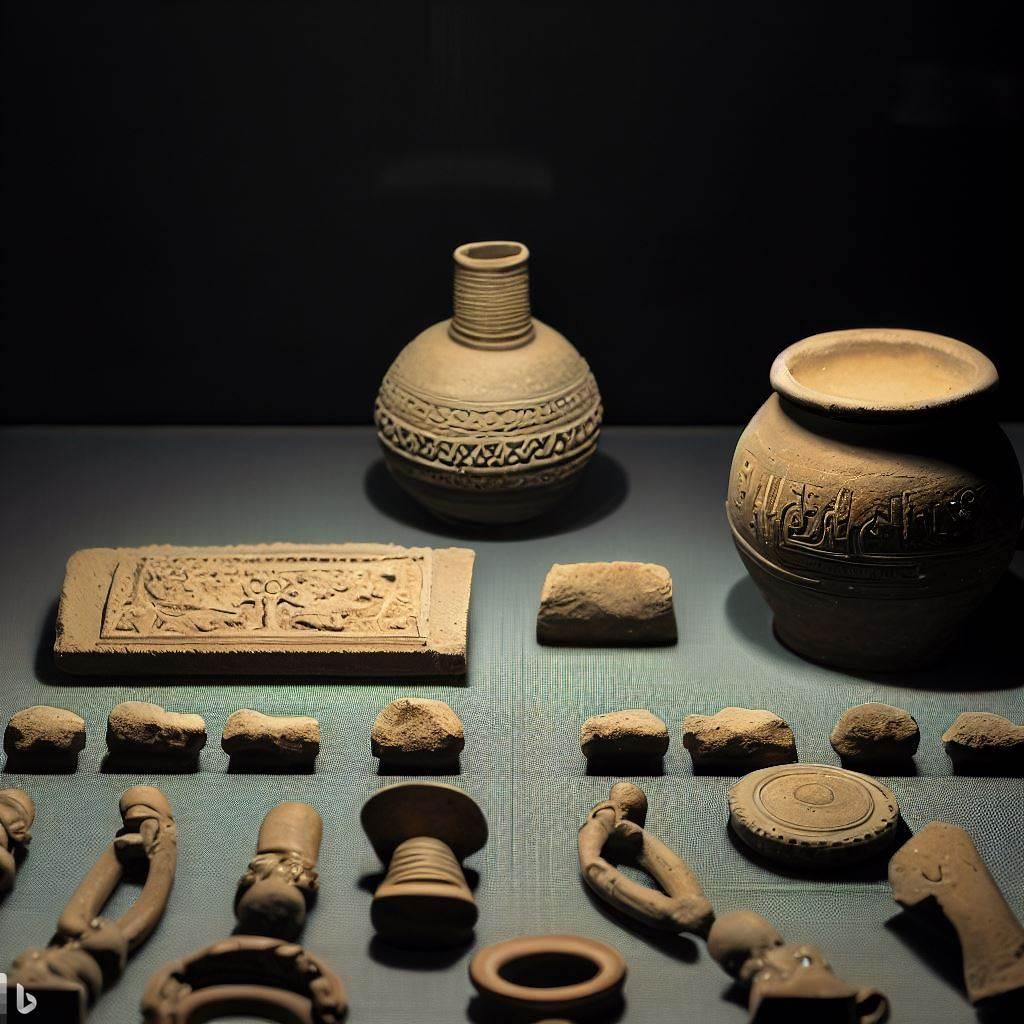
Artifacts discovered at Indus Valley sites, such as seals and pottery, reveal a complex system of symbols and script. While the Indus script remains undeciphered, the presence of uniform seals across different sites suggests a standardized system of trade and administration. This further highlights the organization and sophistication of the civilization's economic activities.
Interactions with Other Ancient Civilizations: The Indus Valley Civilization had significant cultural and trade exchanges with contemporary civilizations of the time, including Mesopotamia and ancient Egypt. Archaeological evidence, such as the discovery of Mesopotamian cylinder seals in Indus Valley sites, indicates the presence of diplomatic and commercial contacts between these civilizations. These interactions likely contributed to the exchange of ideas, technologies, and cultural influences.
3: Social Structure and Daily Life in the Indus Valley Civilization
The Indus Valley Civilization boasted a complex social structure and a vibrant daily life that reflected its advancements and societal organization. Through archaeological discoveries and the analysis of artifacts, we gain insights into the social hierarchy, occupations, and cultural practices of this ancient civilization.
Social Hierarchy: The society of the Indus Valley Civilization exhibited a hierarchical structure, with evidence suggesting the presence of distinct social classes. The archaeological findings indicate variations in housing structures and burial practices, suggesting disparities in wealth and status. The large-scale public structures, such as the Great Bath in Mohenjo-Daro, possibly served as communal spaces for social gatherings, reinforcing the idea of a stratified society.
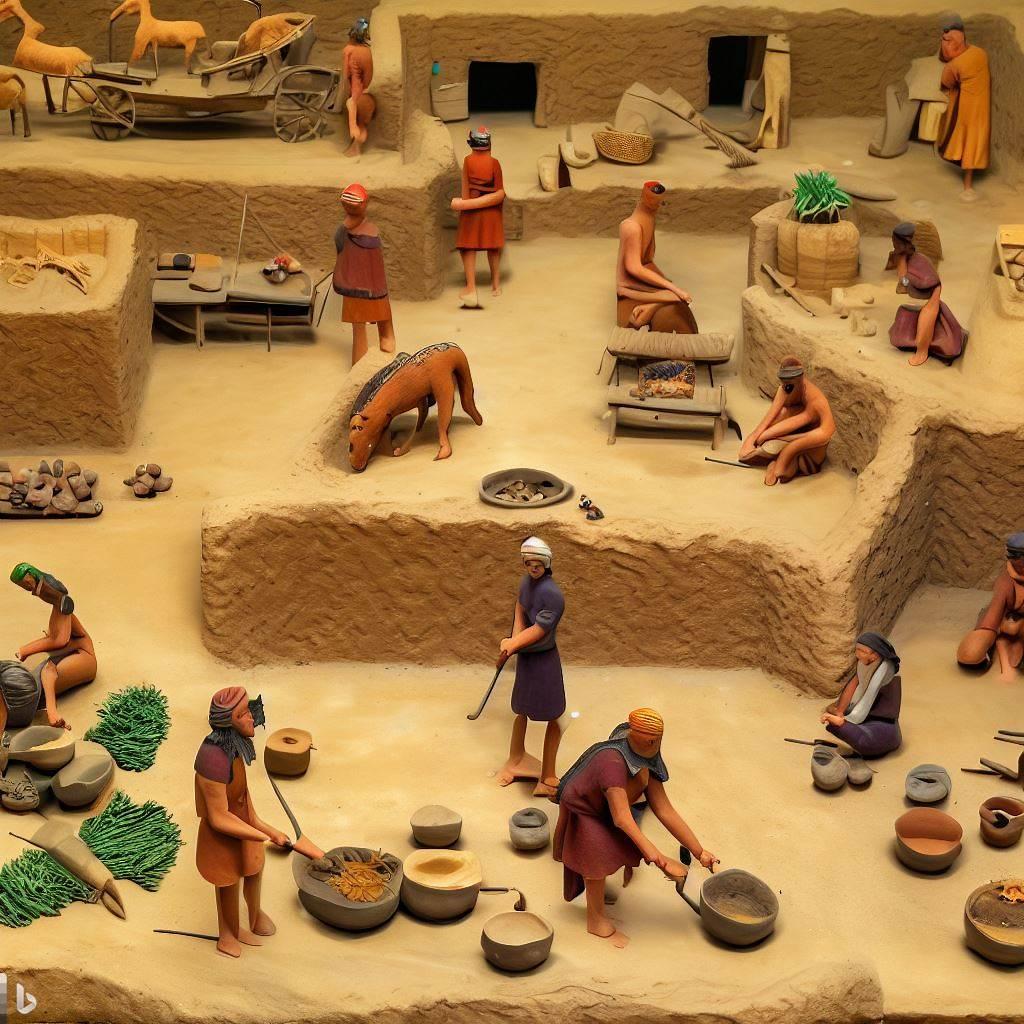
Occupations and Economic Activities: The civilization thrived through a diverse range of occupations and economic activities. Agriculture formed the backbone of the economy, with the cultivation of various crops, including wheat, barley, and cotton. The use of advanced irrigation techniques, such as the construction of canals and reservoirs, facilitated agricultural productivity. Additionally, fishing, hunting, and animal husbandry were important economic pursuits, providing a diverse array of resources to sustain the population.
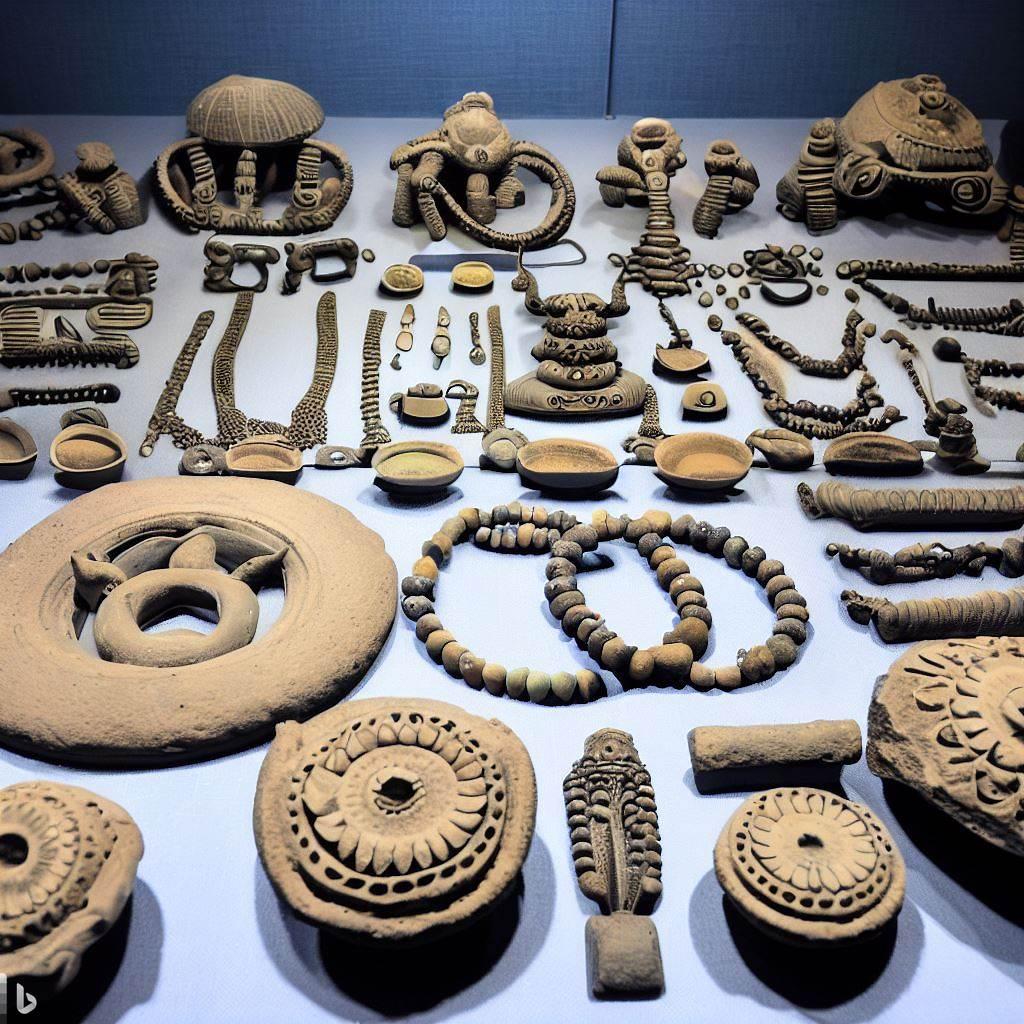
Craftsmanship and Trade: The Indus Valley Civilization showcased remarkable craftsmanship and skilled artisans who produced exquisite artifacts. Excavations have revealed intricately carved stone sculptures, metalwork, jewelry, and pottery. The presence of specialized workshops and the production of standardized seals and pottery across different sites indicate a thriving craft industry. These products not only served local needs but also became sought-after trade items, contributing to the civilization's economic prosperity.
Religion and Rituals: Religious beliefs and rituals played a significant role in the lives of the Indus Valley people. Archaeological findings include depictions of deities and various ritual objects, suggesting a belief system centered around fertility and nature worship. The presence of temple-like structures and the discovery of ritual baths and fire altars imply the performance of religious ceremonies. The civilization's reverence for divine forces underscores the importance of spirituality in their daily lives.
Art, Music, and Entertainment: The Indus Valley Civilization embraced artistic expression and leisure activities. The discovery of terracotta figurines, toys, and musical instruments suggests a flourishing artistic and recreational culture. Music and dance likely held social and ceremonial significance, fostering community engagement and entertainment. The presence of gaming boards and dice further indicates the existence of recreational activities and a desire for leisure.
4: Urban Planning and Architecture of the Indus Valley Civilization
The Indus Valley Civilization is renowned for its well-planned cities and remarkable architecture, reflecting a sophisticated understanding of urban design and engineering. The meticulous organization of urban spaces and the construction of impressive structures provide valuable insights into the civilization's urban planning and architectural achievements.
City Layout and Infrastructure: The cities of the Indus Valley Civilization were meticulously planned and organized, showcasing a high level of urban sophistication. The streets were laid out in a grid pattern, with well-defined main thoroughfares and smaller lanes connecting various residential and commercial areas. The cities were equipped with an advanced drainage system, featuring covered drains and underground sewers that were intricately built to maintain cleanliness and prevent flooding.
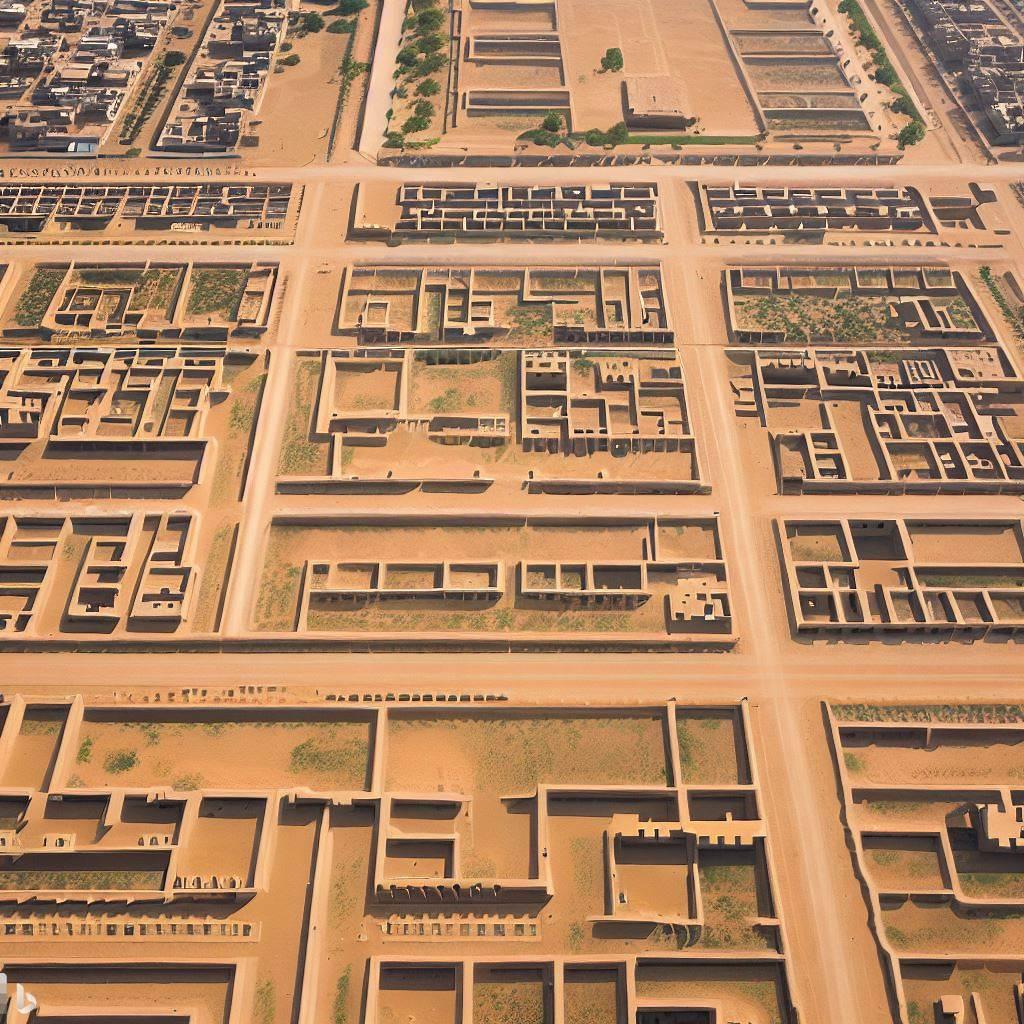
Impressive Structures: The architectural marvels of the Indus Valley Civilization demonstrate the mastery of construction techniques and the creation of grand structures. The most iconic structures include the Great Bath at Mohenjo-Daro, which was a large public bathing complex with sophisticated water management systems. The bath's design, featuring steps leading down into the water and surrounding rooms, suggests its significance in religious or ritualistic practices.

Another remarkable architectural feat is the "Granary," a large elevated structure found in multiple cities. Its purpose remains debated, with theories suggesting it was used for grain storage or served as a public gathering space. The construction of such massive structures reflects the civilization's ability to mobilize resources and implement large-scale architectural projects.
Residential Buildings: Residential areas in the cities exhibited a uniform and well-planned layout. Houses were typically constructed using mud bricks, featuring multiple rooms arranged around a central courtyard. Some houses had two or more stories, indicating a dense urban population. The presence of private wells and bathing areas within the houses suggests a focus on individual hygiene and comfort.
Defensive Structures: The Indus Valley Civilization also developed defensive structures to protect its cities. Fortifications, including walls and bastions, were constructed to safeguard against external threats. The strategic positioning of these defensive structures around the cities indicates the civilization's awareness of security concerns and its ability to plan and implement defensive measures.
Artistic and Decorative Elements: Architectural elements in the Indus Valley Civilization often incorporated artistic and decorative motifs. Intricate carvings, such as the famous "Priest-King" sculpture, adorned public buildings, indicating the civilization's appreciation for art and aesthetics. The use of decorative seals with unique symbols and motifs suggests a developed system of writing or communication.
5: Trade and Economy of the Indus Valley Civilization
The Indus Valley Civilization flourished as a hub of trade and commerce, with a well-developed economy that relied on both local and long-distance trade networks. In this section, we delve into the economic activities, trade routes, and the significance of trade in shaping the civilization's prosperity and cultural exchange.
Trade Networks and Routes: The Indus Valley Civilization was strategically located, allowing it to establish trade connections with neighboring regions and distant lands. The civilization's proximity to the Arabian Sea provided access to maritime trade routes, facilitating trade with regions such as Mesopotamia, the Persian Gulf, and even the ancient Egyptian civilization.
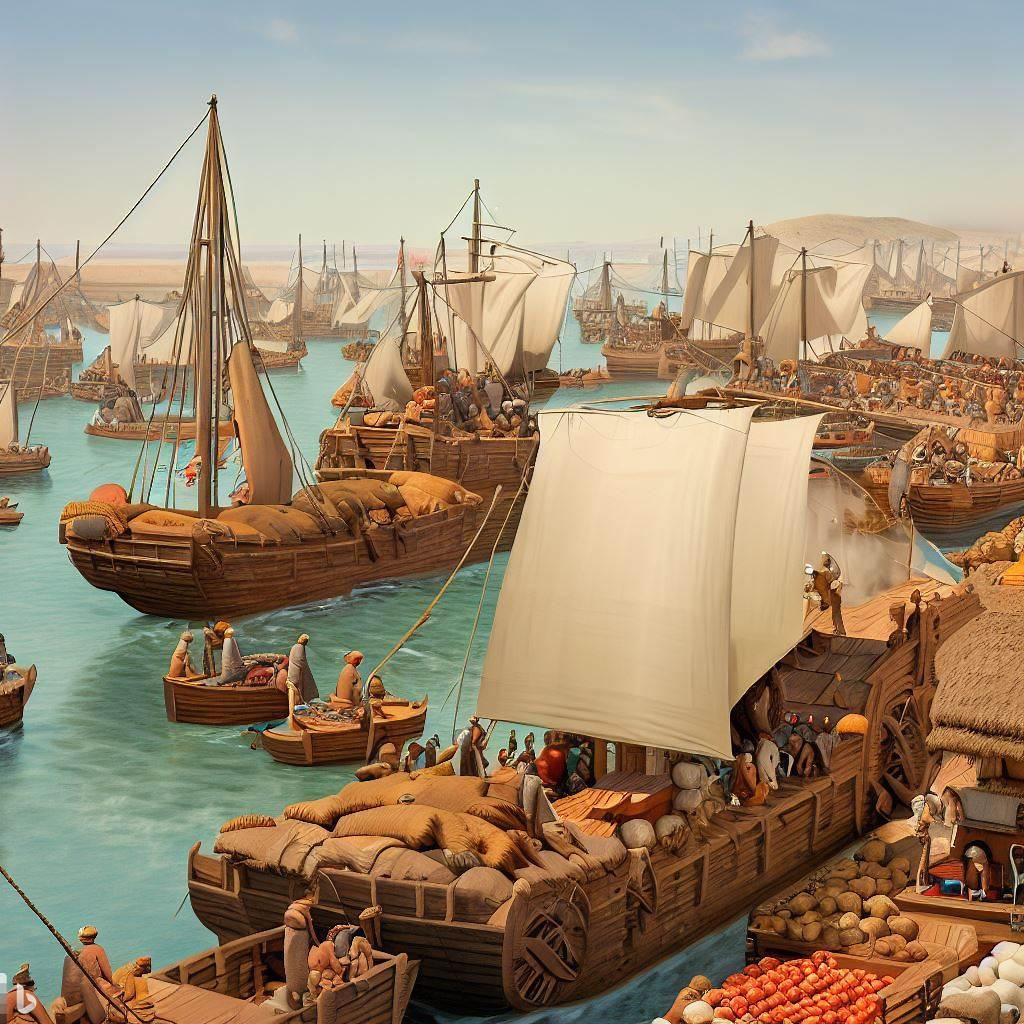
Maritime trade was carried out through a network of coastal ports, with ships transporting goods such as precious stones, metals, textiles, and agricultural products. The civilization's mastery of sailing and navigation techniques enabled them to navigate the seas and engage in long-distance trade.
In addition to maritime trade, the Indus Valley Civilization also had well-established overland trade routes. These routes connected the civilization with regions in Central Asia, including present-day Afghanistan, Iran, and Turkmenistan. The exchange of goods and ideas along these trade routes contributed to cultural diffusion and the enrichment of the civilization's material and intellectual heritage.
Economic Activities and Resources: The economy of the Indus Valley Civilization was diverse and resourceful, relying on a range of economic activities. Agriculture played a pivotal role, with the civilization harnessing the fertile soil of the Indus River floodplains to cultivate crops such as wheat, barley, rice, and various fruits and vegetables. The civilization's sophisticated irrigation systems, including canals and reservoirs, ensured reliable water supply for agricultural purposes.
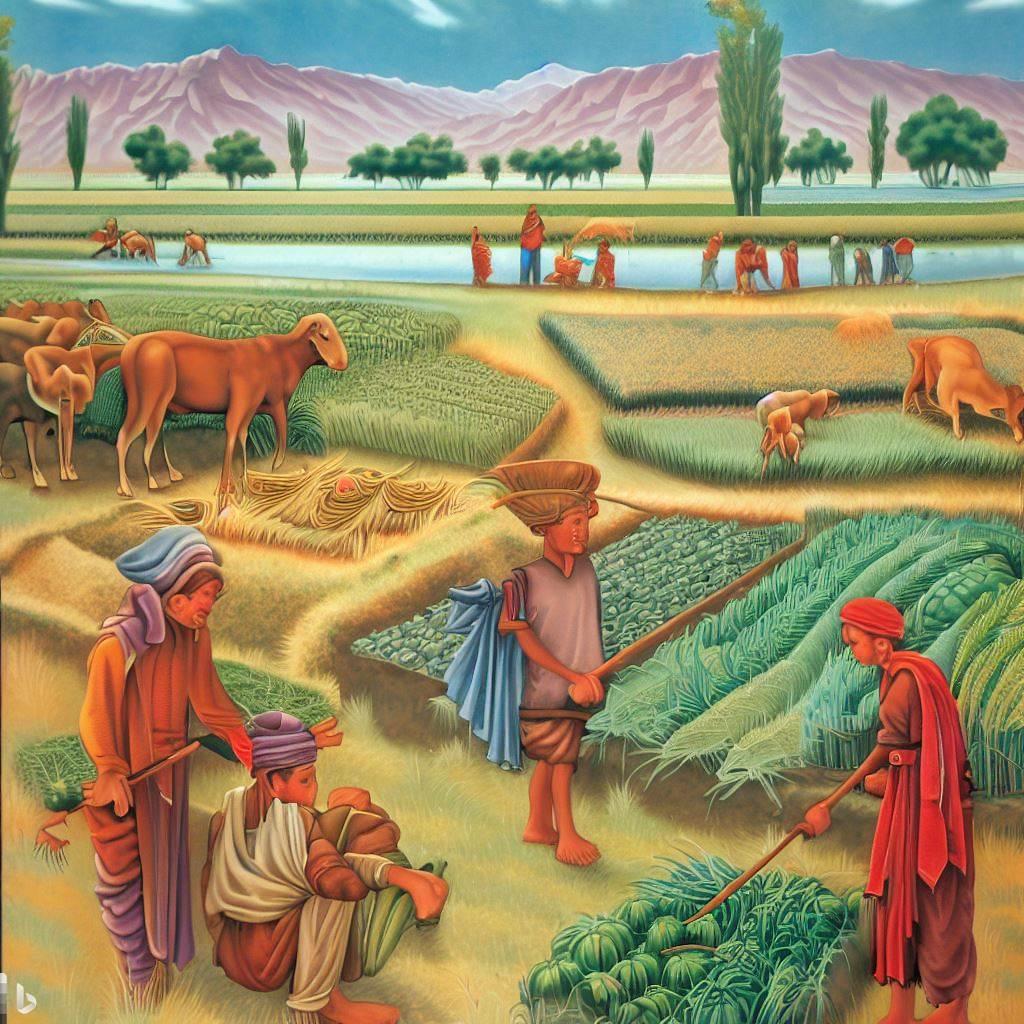
Furthermore, the civilization was known for its craftsmanship and manufacturing skills. Artisans and craftsmen produced a wide array of goods, including pottery, jewelry, metalwork, textiles, and intricate figurines. These products were highly valued and served as commodities for trade both within and beyond the civilization's borders.
Trade and Cultural Exchange: Trade not only facilitated economic prosperity but also played a crucial role in cultural exchange and the spread of ideas. Through interactions with foreign merchants and travelers, the Indus Valley Civilization encountered diverse cultures, languages, and belief systems. This cultural exchange influenced the civilization's art, architecture, religious practices, and social structures.
The presence of foreign objects and materials found in the archaeological excavations of the Indus Valley sites is a testament to the civilization's active participation in long-distance trade and cultural interactions. This exchange of goods and ideas fostered a cosmopolitan society and contributed to the overall richness and diversity of the civilization.
6: Social Structure and Daily Life in the Indus Valley Civilization
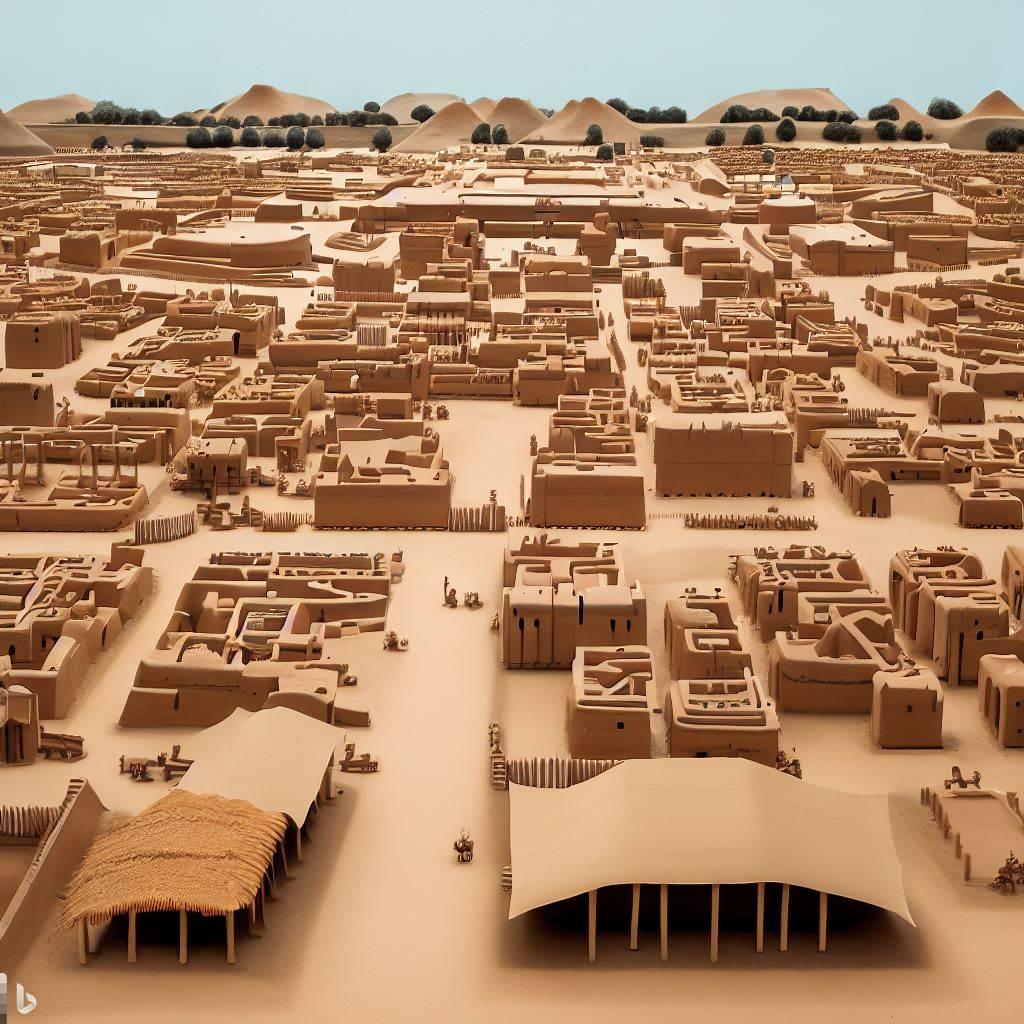
The Indus Valley Civilization was a complex society with a well-defined social structure and a rich tapestry of daily life. In this section, we delve into the social hierarchy, governance, religious beliefs, and the day-to-day routines of the people who inhabited this ancient civilization.
Social Hierarchy: The society of the Indus Valley Civilization was hierarchical, with clear distinctions in social status and roles. At the top of the social ladder were the ruling elites, comprising kings or priests who held political and religious authority. They governed the city-states and were responsible for maintaining order and managing civic affairs.
Beneath the ruling elites were the aristocracy, comprising nobles and high-ranking officials who served as administrators, military commanders, and advisors to the rulers. They enjoyed privileges and held significant influence in decision-making processes.
The middle class consisted of merchants, traders, skilled artisans, and craftsmen who contributed to the economic prosperity of the civilization. They played a crucial role in trade and commerce, and their skills and expertise were highly valued.
At the bottom of the social hierarchy were the commoners, comprising farmers, laborers, and the majority of the population. They worked the land, engaged in various occupations, and formed the backbone of the agricultural and manufacturing sectors. While they had less social and political power, their contributions were vital to the functioning of the civilization.
Governance and Administration: The governance of the Indus Valley Civilization was organized around city-states, each governed by a central authority. The rulers exercised their power through a system of bureaucracy, with appointed officials overseeing different aspects of governance, such as taxation, law enforcement, and trade regulation. These administrative structures ensured the smooth functioning of the city-states and the maintenance of societal order.
Religious Beliefs and Practices: Religion held a significant place in the lives of the people of the Indus Valley Civilization. While the exact religious beliefs and practices remain elusive, archaeological evidence suggests the presence of a complex and diverse religious system. The civilization's religious practices likely involved rituals, ceremonies, and the worship of deities associated with fertility, water, and nature.
Artifacts found at various excavation sites, such as statues and seals depicting human and animal figures, hint at a spiritual worldview and a belief in divine forces. The famous "Priest-King" statue discovered at Mohenjo-daro provides insights into the civilization's religious iconography and symbolism.
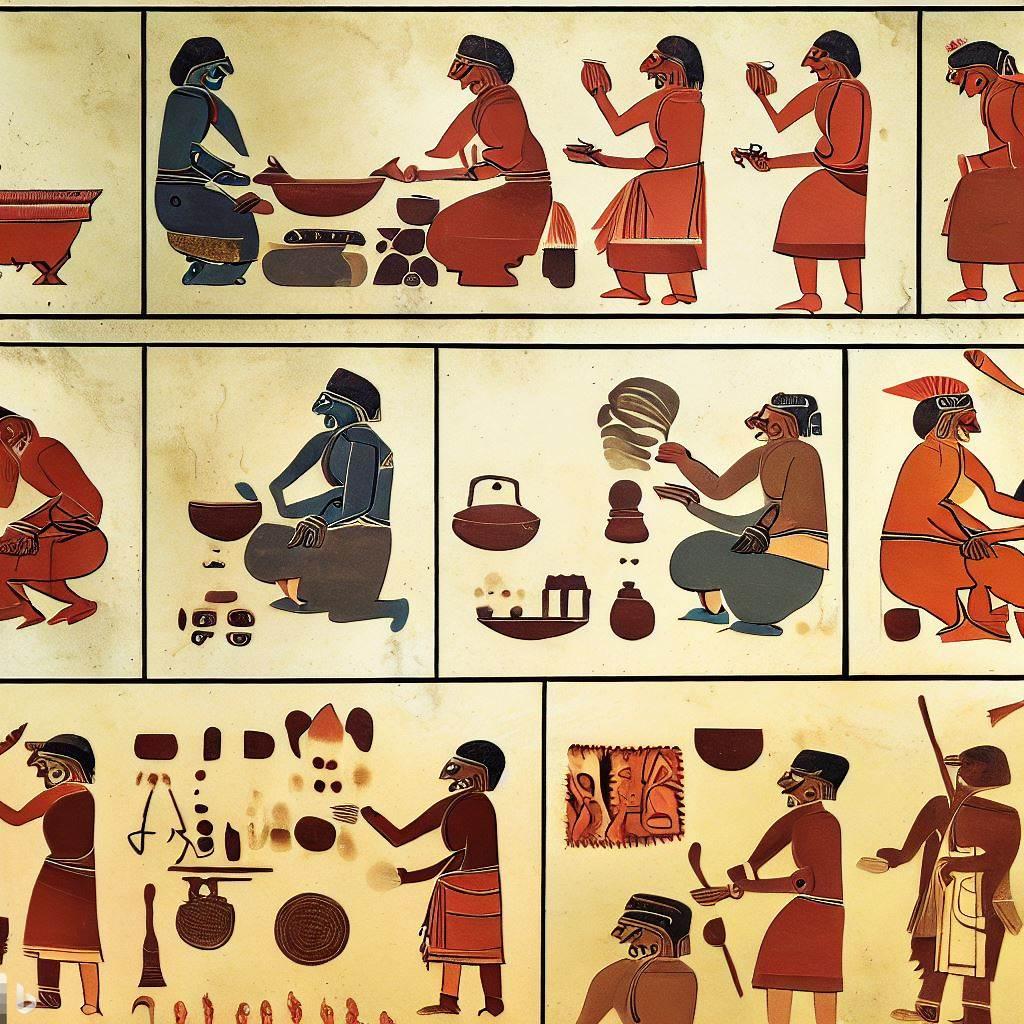
Daily Life and Cultural Practices: The daily life of the people of the Indus Valley Civilization was marked by a blend of urban sophistication and rural simplicity. Cities were well-planned, with an advanced urban infrastructure that included well-laid-out streets, public buildings, and a sophisticated drainage system.
Housing varied based on social status, with the ruling elites residing in larger, more elaborate houses, while commoners lived in smaller dwellings. The civilization's cities featured marketplaces, where trade and economic activities thrived, and communal gathering spaces, indicating a sense of community and social interaction.
Art, pottery, and craftwork were integral to the civilization's cultural practices. Intricate pottery designs, including the famous "Harappan script" inscriptions, reflect the civilization's artistic sensibilities. Additionally, personal adornments, such as jewelry and ornaments made from precious metals and gemstones, showcased the craftsmanship and aesthetic tastes of the people.
7: Art, Architecture, and Technological Advancements in the Indus Valley Civilization
The Indus Valley Civilization left behind a rich artistic and architectural legacy, as well as evidence of impressive technological advancements. In this section, we delve into the art forms, architectural marvels, and technological innovations that characterized this ancient civilization.

Art and Iconography: The art of the Indus Valley Civilization is characterized by its intricate craftsmanship and attention to detail. Excavations have revealed a wide range of artistic expressions, including sculptures, seals, pottery, and jewelry. The craftsmanship displayed in these artifacts showcases the civilization's artistic skill and aesthetic sensibilities.
The most famous examples of Indus Valley art are the small, finely carved seals made from steatite. These seals depict a variety of subjects, including animals, human figures, and mythical creatures. The presence of these seals suggests a system of writing or symbolism that played a significant role in the civilization's culture and trade.
Architectural Marvels: The cities of the Indus Valley Civilization were known for their remarkable urban planning and sophisticated architectural structures. Mohenjo-daro and Harappa, two of the largest cities of the civilization, boast well-designed layouts and advanced infrastructure.
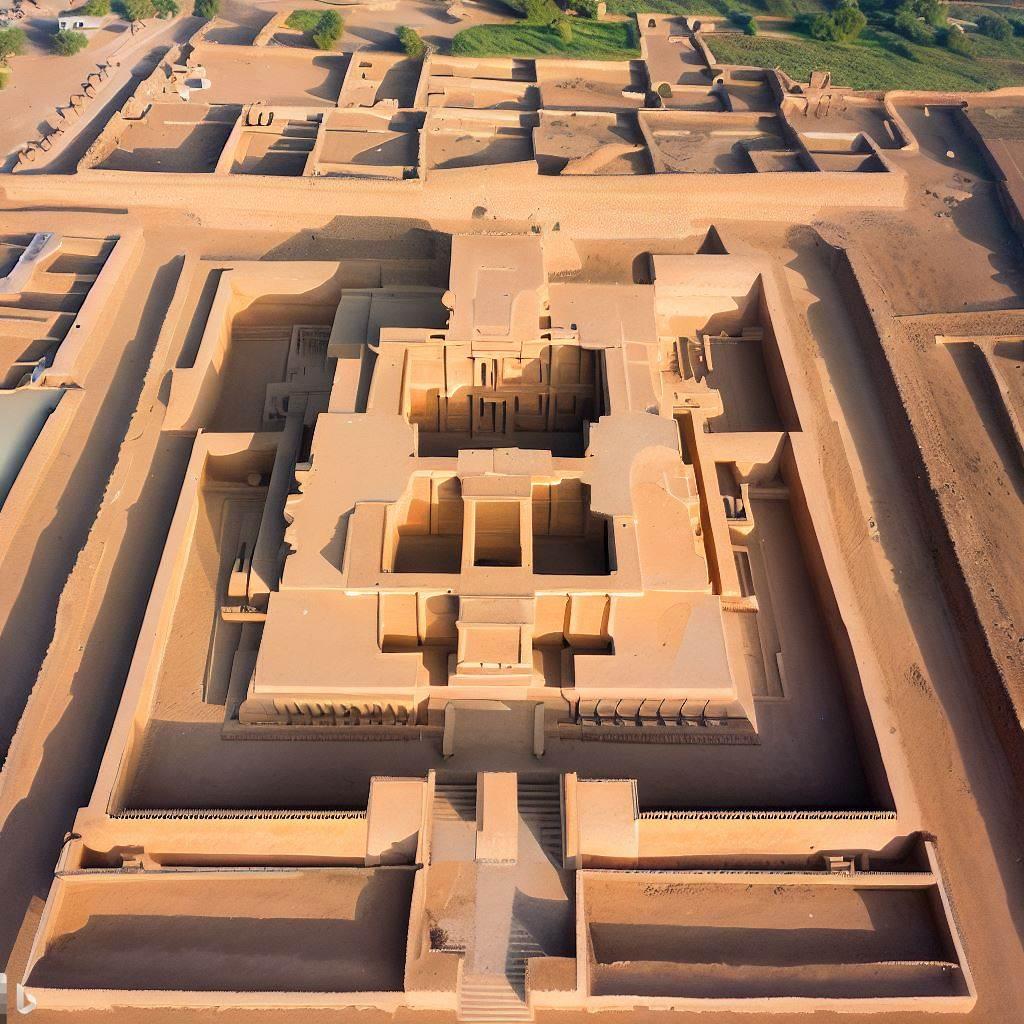
The Great Bath, a large water tank in Mohenjo-daro, is one of the most iconic architectural structures of the civilization. It showcases their expertise in hydraulic engineering and water management. The bath's precise construction, waterproofing techniques, and sophisticated drainage system provide insights into the civilization's advanced knowledge of urban planning and sanitation.
Technological Advancements: The Indus Valley Civilization demonstrated remarkable technological advancements for its time. The most notable achievement was the development of an efficient and sophisticated urban infrastructure. The cities were equipped with an elaborate underground drainage system, with well-constructed channels and sewers that prevented flooding and maintained cleanliness.
The civilization also excelled in pottery making, producing a wide range of ceramics with intricate designs and distinctive styles. The use of pottery wheels and advanced firing techniques allowed them to create vessels of various shapes and sizes, showcasing their technological expertise.
Furthermore, evidence suggests that the Indus Valley people had a thorough understanding of metallurgy. Copper, bronze, and tin were used to create tools, weapons, and ornaments. The presence of a dockyard at Lothal, with its unique dock and canal system, indicates their prowess in maritime technology and trade.
The Indus Valley Civilization's technological advancements played a crucial role in their societal development, economic prosperity, and trade relations with neighboring regions.
8: Decline and Legacy of the Indus Valley Civilization
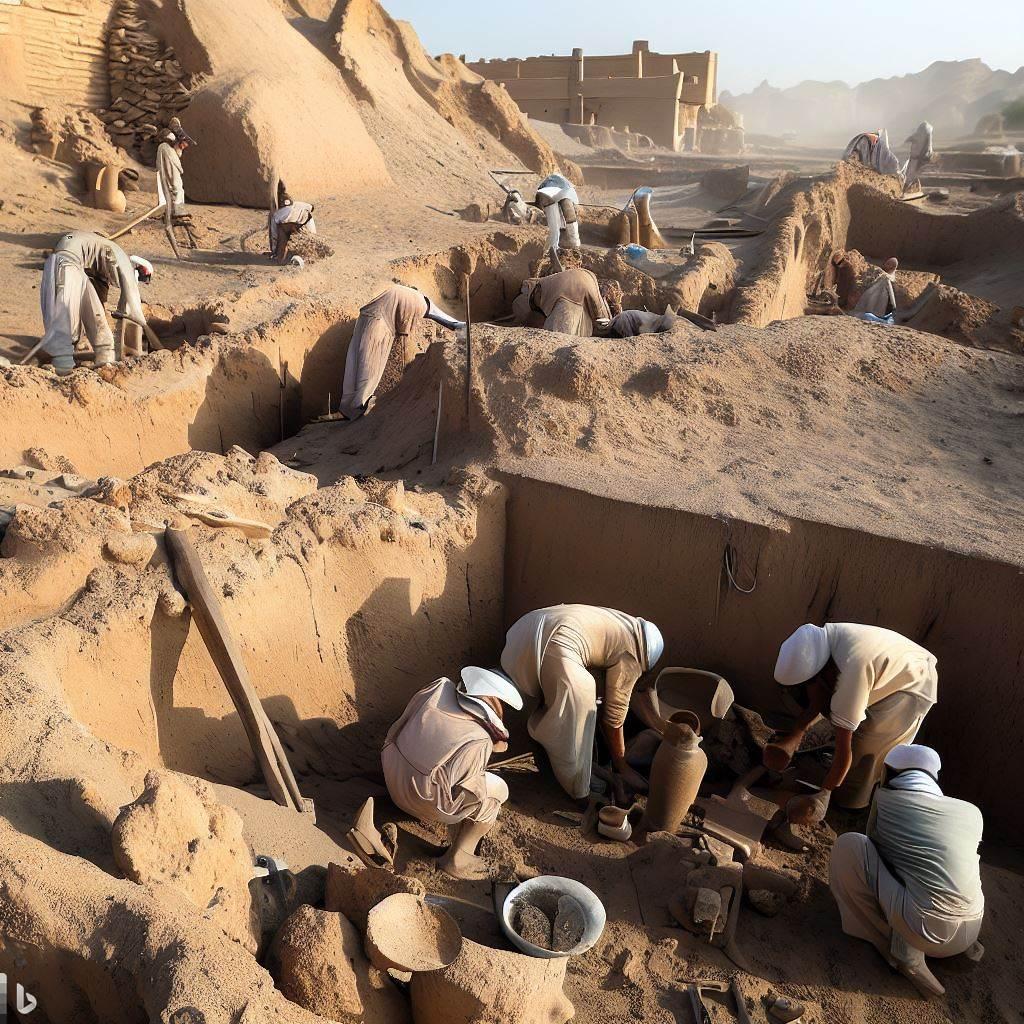
The decline of the Indus Valley Civilization remains a subject of speculation and debate among historians and archaeologists. While the exact reasons for its collapse are still unclear, several theories have been proposed to explain its downfall. In this section, we will explore these theories and examine the lasting legacy of the Indus Valley Civilization.
-
Environmental Factors: One theory suggests that changes in the environment played a significant role in the decline of the civilization. Geological studies indicate that the Indus River, which provided the lifeblood to the cities, gradually shifted its course, leading to changes in the availability of water resources and agricultural productivity. This shift, combined with natural disasters such as floods or droughts, could have caused widespread disruption and ultimately contributed to the decline of the civilization.
-
Economic Factors: Economic factors may have also played a role in the decline of the Indus Valley Civilization. The civilization was known for its extensive trade networks, both within its boundaries and with distant regions such as Mesopotamia. However, evidence suggests that these trade networks started to weaken over time, possibly due to the emergence of rival trade routes or economic changes in neighboring regions. The decline of trade could have impacted the economic stability and prosperity of the civilization.
-
Social and Political Factors: Internal conflicts, social unrest, or a breakdown in the centralized authority could have also contributed to the decline of the Indus Valley Civilization. As the cities grew larger and more complex, maintaining social cohesion and political control may have become increasingly challenging. The absence of large-scale fortifications or evidence of warfare suggests that external invasion was not the primary cause of the civilization's collapse. Instead, internal factors may have played a more significant role in destabilizing the society.
Legacy of the Indus Valley Civilization: Although the Indus Valley Civilization declined, its legacy continues to influence South Asia's cultural, social, and artistic traditions. Some of the key aspects of its legacy include:

-
Urban Planning and Sanitation: The advanced urban planning and sanitation systems developed by the Indus Valley Civilization laid the foundation for future cities in the region. Concepts such as well-structured streets, organized neighborhoods, and sophisticated drainage systems were adopted and further developed by subsequent civilizations.
-
Trade and Commerce: The civilization's extensive trade networks and commercial activities left a lasting impact on the region's economic development. The Indus Valley people were skilled traders, exchanging goods such as textiles, pottery, metals, and precious stones with neighboring regions. This tradition of trade and commerce continued in the region for centuries.
-
Art and Craftsmanship: The artistic and craftsmanship skills of the Indus Valley people are evident in the intricate designs and high-quality artifacts found at archaeological sites. Their mastery of seal carving, pottery making, and metalwork has influenced the artistic traditions of subsequent civilizations in South Asia.
-
Script and Language: The Indus script, which remains undeciphered, is a testament to the civilization's advanced writing system. The script is found on seals, tablets, and pottery, indicating a sophisticated level of communication and record-keeping. Despite not being deciphered, the script has inspired research and speculation on its meaning and linguistic origins.
9: Rediscovery and Conservation Efforts
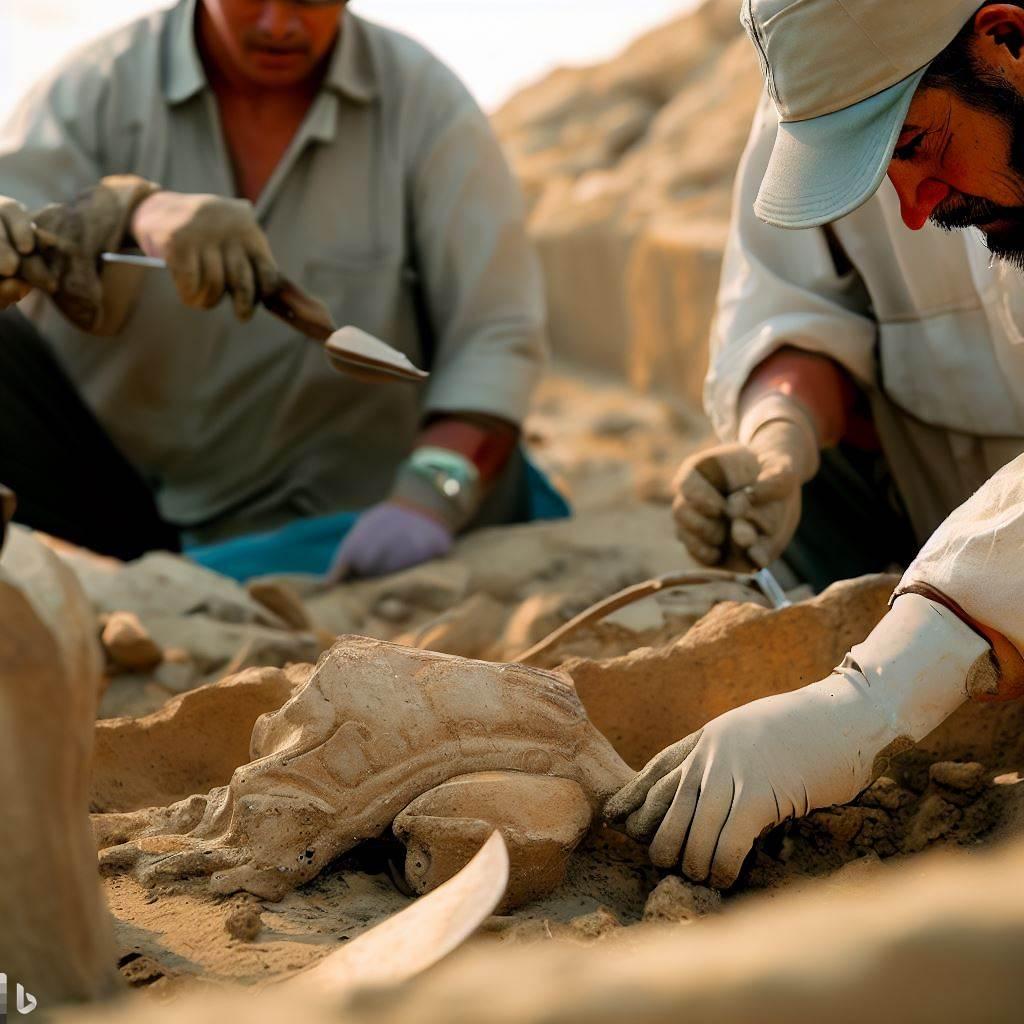
The rediscovery of the Indus Valley Civilization in the 19th and 20th centuries sparked renewed interest in understanding this ancient civilization and preserving its rich heritage. In this section, we will explore the efforts made by archaeologists, scholars, and governments to rediscover and conserve the remnants of the Indus Valley Civilization.
-
Rediscovery: The ancient cities of the Indus Valley Civilization remained hidden beneath the earth for thousands of years until the 19th century when British archaeologists, such as Alexander Cunningham and Sir John Marshall, began conducting explorations and excavations in the region. These early pioneers of Indus Valley archaeology uncovered the first glimpses of the civilization's remarkable past. Over the years, numerous archaeological expeditions from different countries have contributed to our understanding of the civilization.
-
Excavations and Discoveries: Archaeological excavations at major Indus Valley sites, including Harappa and Mohenjo-Daro, have yielded extraordinary findings that shed light on the civilization's urban planning, social structure, trade networks, and technological advancements. The unearthing of well-preserved artifacts, such as seals, pottery, figurines, and jewelry, has provided valuable insights into the material culture and artistic traditions of the civilization.
-
Preservation and Conservation: Preserving the remains of the Indus Valley Civilization has been a critical endeavor to protect its cultural heritage for future generations. The Archaeological Survey of India and other organizations have taken extensive measures to safeguard and conserve the archaeological sites. This includes implementing site management plans, constructing protective structures, and establishing museums to exhibit and interpret the artifacts.
-
Challenges and Future Prospects: Despite ongoing conservation efforts, the Indus Valley Civilization faces several challenges. Urbanization, agricultural expansion, and natural erosion pose threats to the integrity of the archaeological sites. Additionally, the Indus Valley script, which remains undeciphered, presents a unique challenge in fully understanding the civilization's written records and language.
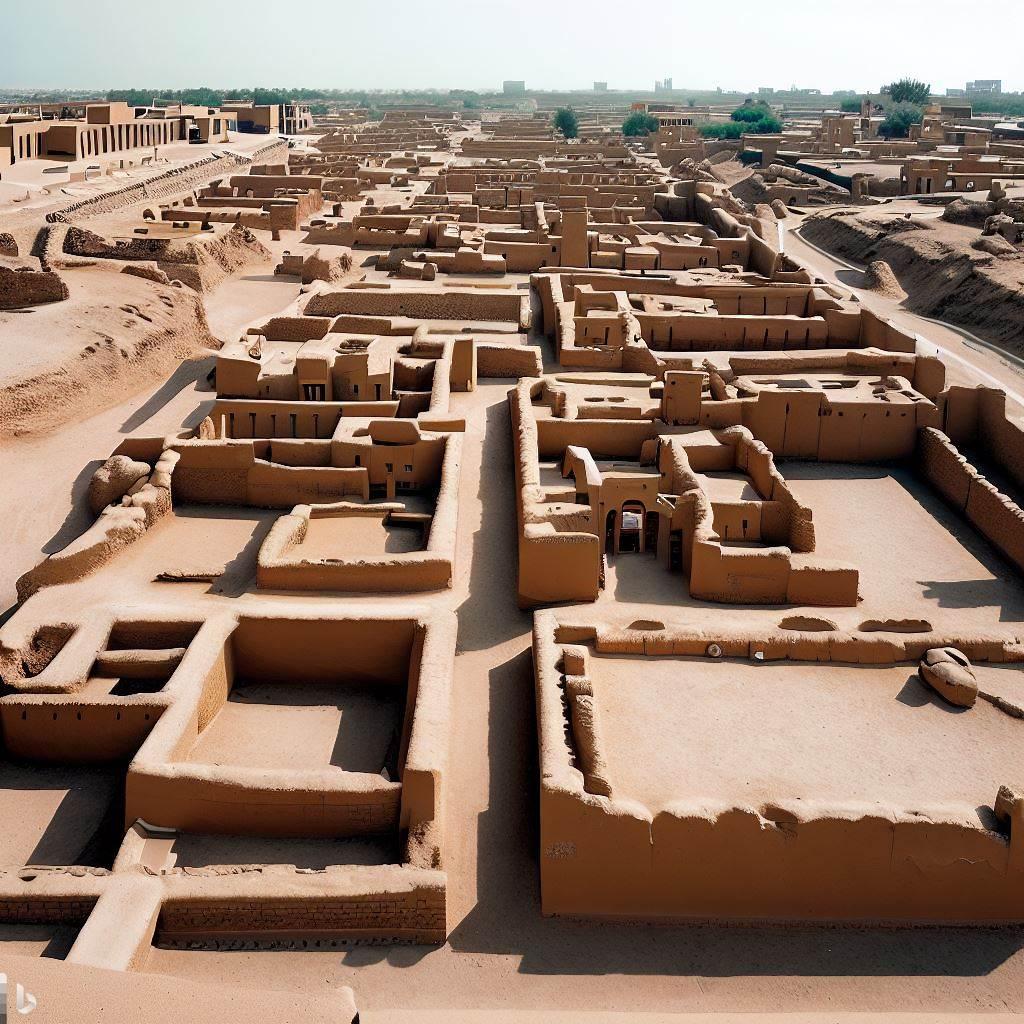
Looking ahead, there are opportunities for further exploration and research in unexcavated areas of the Indus Valley. Utilizing advanced archaeological techniques, such as remote sensing and geospatial analysis, can provide new insights into the civilization's urban layout, extent, and interconnections with other regions. Collaborative efforts among international scholars, researchers, and local communities are crucial in expanding our knowledge of this ancient civilization.
The importance of public awareness and education cannot be overstated in preserving the Indus Valley Civilization. Through educational programs, exhibitions, and accessible resources, the wider public can engage with and appreciate the significance of this remarkable civilization. Increased tourism, when managed responsibly, can also contribute to the economic development of the local communities while promoting the conservation of the sites.
10: Significance and Relevance in the Modern World

The Indus Valley Civilization holds immense significance and continues to be relevant in the modern world. Its rich cultural heritage, advanced urban planning, and technological achievements offer valuable lessons and insights that resonate even today.
-
Cultural Legacy: The Indus Valley Civilization represents a significant chapter in human history and contributes to our understanding of the diversity and complexity of ancient cultures. Its artistic traditions, including pottery, sculpture, and jewelry, showcase the craftsmanship and creative expression of the civilization. By studying their artistic styles and techniques, we can gain a deeper appreciation for the aesthetic sensibilities of our ancient ancestors.
-
Urban Planning and Infrastructure: The well-planned cities of the Indus Valley Civilization stand as remarkable examples of early urban development. Their sophisticated sewage systems, well-organized street grids, and public structures indicate a high level of social organization and administrative prowess. Today, urban planners and architects draw inspiration from these ancient cities to create sustainable and livable environments for modern societies.
-
Trade and Economic Systems: The extensive trade networks of the Indus Valley Civilization demonstrate their economic prowess and commercial interactions with distant regions. The discovery of seals and artifacts from Mesopotamia and other ancient civilizations highlights their active participation in long-distance trade. This emphasizes the importance of trade in fostering cultural exchange and economic growth, a principle that still holds true in the globalized world today.
-
Technological Advancements: The technological achievements of the Indus Valley Civilization, such as their well-built structures, advanced water management systems, and sophisticated metallurgy, reflect their innovative mindset. These advancements not only contributed to the prosperity of the civilization but also laid the foundation for future technological progress. Today, we can draw inspiration from their ingenuity to address contemporary challenges and develop sustainable solutions.
-
Lessons for Sustainability: The Indus Valley Civilization's harmonious relationship with its natural environment offers valuable lessons for sustainable living. Their efficient water management systems and emphasis on cleanliness and hygiene highlight the importance of environmental stewardship. As we face pressing environmental concerns in the modern world, we can learn from their practices to achieve a more sustainable and balanced future.
-
Cultural Connections: The enduring cultural connections between the Indus Valley Civilization and its neighboring regions demonstrate the intermingling and cross-pollination of ideas and beliefs. By studying the cultural exchanges and influences, we can gain a deeper understanding of the interconnectedness of ancient civilizations and appreciate the diversity and interconnectedness of our shared human heritage.

In conclusion, the Indus Valley Civilization's significance extends beyond its historical context. Its cultural legacy, urban planning, technological advancements, and sustainability practices offer valuable insights that resonate with us today. By embracing the lessons and legacies of this ancient civilization, we can enrich our understanding of human history, inspire innovative thinking, and foster a more sustainable and interconnected world.
With this final section, we conclude our journey through the captivating Indus Valley Civilization, exploring its origins, achievements, cultural significance, and relevance in the modern world. May the legacy of this ancient civilization continue to inspire and guide us as we navigate the complexities of our shared human history.

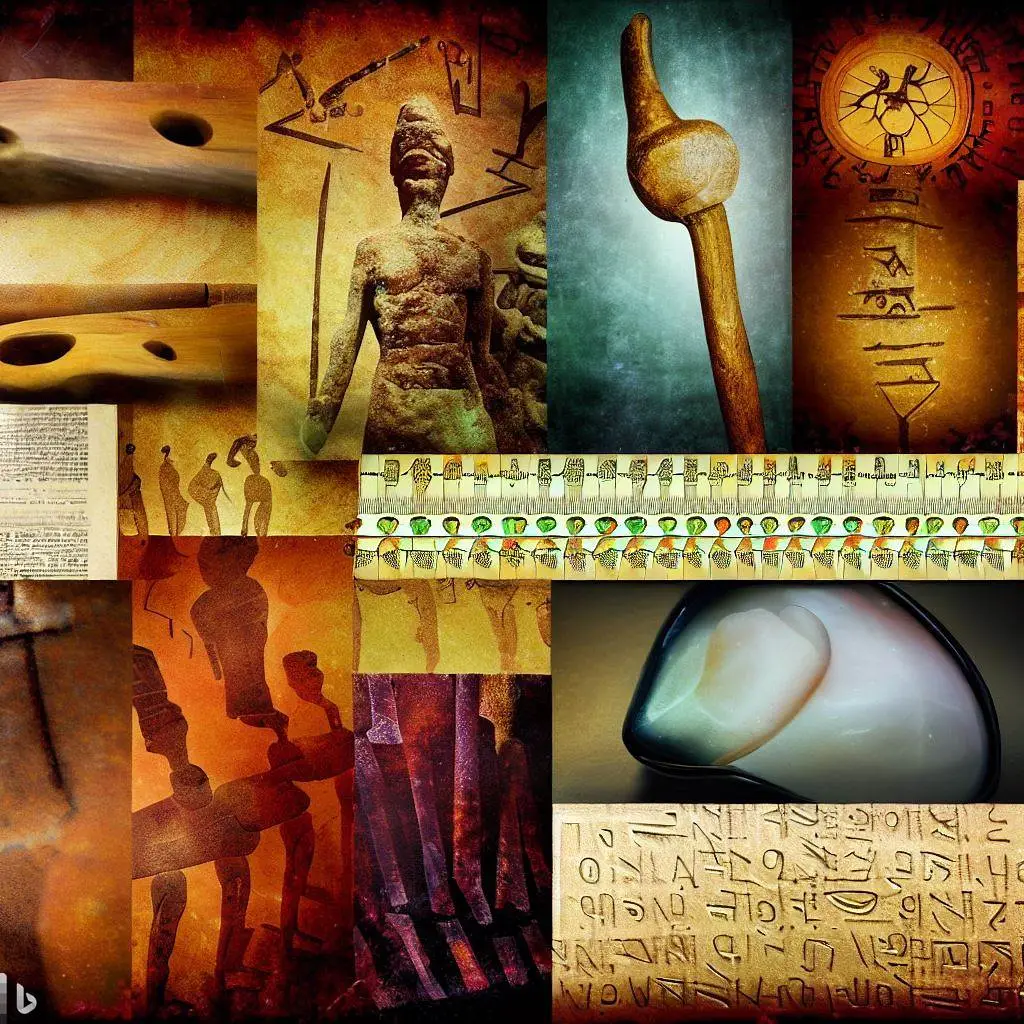



Add a Comment: